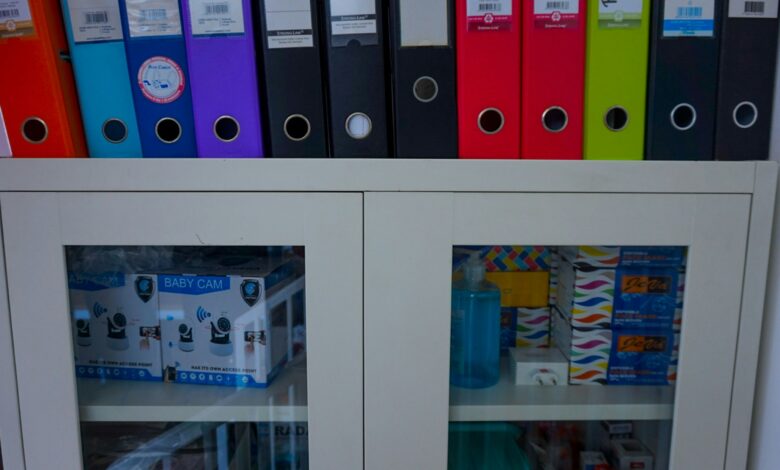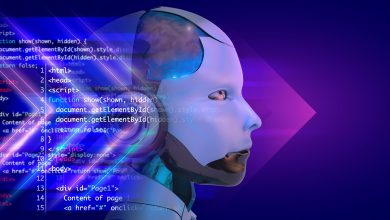
In 1955, American computer scientist John McCarthy coined the term “Artificial Intelligence,” describing it as “the science of making machines do things that would require intelligence if done by people.”
Seventy years later, this definition is blossoming from theory into reality. A 2024 survey of over 31,000 employees across 31 countries found that three-quarters (75%) are using AI at work in some capacity. And that percentage has likely only increased since.
In seven decades, AI has evolved from simple algorithms to complex models that power industries and shape economies. And it feels like the real change has only just begun. So, what comes next?
Making big predictions about the future isn’t easy—or often accurate—especially when assessing a technology that progresses by the day.
So, let’s keep it focused on a smaller sample size. Let’s say, for about 1.2 billion people.
Building Docs
Though AI is technically seventy years old, much of the recent attention and excitement have stemmed from developments in Generative AI (GenAI)—specifically in relation to document generation and management.
Digital documents exist at the foundation of daily work for about our sample group of 1.2 billion people. Knowledge workers—professionals who generate value for their organizations through expertise, critical thinking, and interpersonal skills—use documents every day. The majority need some form of business document to turn the work they do into deliverable value.
For this group, AI has quickly shifted from novelty to necessity. But no matter how advanced an AI model is, a constant principle remains: garbage in, garbage out.
In the world of document generation, context determines quality. AI models need structured data and relevant information to generate outputs that are accurate, compliant, and valuable.
The value of doing this? Enterprises can produce compliant, on-brand content quickly, with AI handling the heavy lifting while humans focus on decision-making. Organizations reduce risk and costs—and employees are happier and more productive.
But how long will that last? Does this progress not mean that 1.2 billion people could soon be replaced by AI-powered agents?
Automation and Amplification
John McCarthy defined AI as the science of making machines do things that require intelligence.
In one sense, AI is making machines more human. But more importantly, it’s making humans act less like machines.
The real benefit of AI is how it frees us from repetitive, administrative work. Summarization tools and document automation mark the end of time-consuming tasks like manual editing and data entry. This shift allows knowledge workers to focus on creativity and strategy—areas where human input is irreplaceable.
In 2025, we’re entering the second wave of AI innovation. It might not be as headline-grabbing as the first, but its impact will be deeper and more transformative.
This wave will show us where AI has the greatest effect: aligning businesses, ensuring compliance, and driving consistency. Professionals will spend less time on routine tasks and more on work that adds real value. Businesses will become more agile, capable of adapting quickly to new challenges and opportunities.
Consider contract automation. AI can generate legally compliant contracts in minutes, pulling data from enterprise systems and applying standard clauses automatically, reducing legal risks and speeding up deal closures. In sales, AI-driven proposal automation ensures that every pitch is on-brand, data-driven, and tailored to the client’s needs. In financial reporting, AI reduces the risk of human error, improving accuracy and compliance.
Automation doesn’t mean losing control. In fact, it provides more of it.
Partnering with a New Generation of Problem-Solvers
As AI evolves, we must evolve with it and comprehend that its role is shifting from assistant to highly efficient ‘super-employee’. AI agents are increasingly capable of understanding business processes, making decisions based on predefined business logic, and autonomously determining appropriate actions—reducing the need for regular human intervention.
This shift is already taking shape in document generation, where AI blends prompt-based models with specialized AI modules to generate more precise, high-quality content with minimal human input. Humans will still be needed throughout the business—this will never change, but how and where will. For the business processes and disciplines described above, true autonomy will take form, and while humans will still be making decisions, they won’t be the only decision makers.
But for this approach to work, we must remember that relegating numerous tasks to agentic AI, liberating as it may be, won’t work unless everyone benefits. They will be particularly critical when it comes to maintaining and ensuring accessibility. Any software or productivity tool powered by AI needs to include features that maintain and ensure accessibility front and center, which is only possible if humans are involved from the start.
Generating the Future
Sometimes we are so focused on machines acting as humans that we forget how much time we spend acting as machines.
The future of document work isn’t about replacing people. It’s about empowering them. AI will handle repetitive tasks and evolve into autonomous problem-solvers, but humans will still play a crucial role—especially in training AI agents and validating their outputs. What’s also required are robust supporting technologies—particularly in document generation—where agents will combine prompt-based AI with advanced compilation capabilities.
It’s been seventy years since AI was coined. Change has only just begun. And the biggest changes still lie ahead.
How can we prepare for the next era? Those who embrace AI thoughtfully will gain a competitive edge. They will be more agile, efficient, accurate, and resilient. Because AI is not just the future of work—it’s the present. And in document work, we can see how it’s already making a difference.



